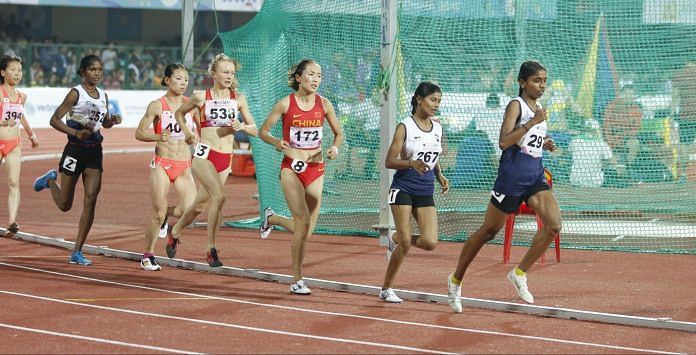Climate change is likely to melt glaciers, raise sea levels and obliterate vulnerable species. It may also disrupt venerable sporting traditions. The 2020 Olympic marathon, previously scheduled for Tokyo, is now being relocated to cooler Sapporo, thanks to extreme heatwaves that have killed hundreds and hospitalized thousands in recent years.
It’s no isolated incident. As global temperatures rise, athletic events as diverse as Iditarod races and baseball games are feeling the effects. Sports may seem inconsequential next to other climate disruptions, such as habitat loss or warming seas. But for many people, they offer a far more immediate and tangible reminder of what’s at stake in this crisis. For the sports business, that’s both a challenge and an opportunity.
Anybody who’s experienced a rainout understands the close relationship between sports and the weather. But the threat of climate change really started dawning on the sports world in the late 1990s. In particular, the International Olympic Committee began worrying that long-term climate shifts could severely disrupt future games. One study analyzed data from the host cities of 19 previous Winter Olympics and determined that as many as 11 of them wouldn’t be cold enough to host the events by 2050.
Similar worries are spreading throughout the $500 billion global sports business. In Canada, recent studies found that the ski-tourism industry could lose nearly three-quarters of its capacity by mid-century, while the cultural mainstay of outdoor ice hockey is melting away. In Scotland, the world-famous Montrose Links golf course is seriously threatened by rising sea levels and fierce storms that have accelerated coastal erosion and brought the North Sea 220 feet closer to the holes.
Meanwhile soccer, tennis, and cricket are among the prominent team sports adding protocols to protect athletes from the heat and adjusting to more frequent storms, which disrupt competitions and upend lucrative broadcast schedules.
Even before climate change became a global threat, Tokyo was a less-than-ideal location for the Summer Olympics. In 1964, when the city first played host, the games were shifted to the fall to avoid the sweltering heat. Since then, Tokyo has only grown hotter, with August temperatures over the past decade 2.5 degrees higher on average than they were in the decade preceding the previous games. Nationwide, the number of days with extreme heat has been increasing at a steady pace — a phenomenon that’s grabbed global attention thanks to regular deadly heatwaves.
Even so, next year’s games are scheduled for the hottest days of summer. Nobody at the IOC is publicly calling that decision a mistake just yet. But the relocation of the marathon — a signature event that typically concludes the games — is an embarrassing acknowledgement that global warming wasn’t adequately considered when the site was awarded. The good news is that the committee is planning ambitious countermeasures for the heat at next year’s games, and will consider climate change in future site selections.
But it could certainly go further. In 2018, the IOC joined some of the world’s most prominent athletic leagues in establishing the Sports for Climate Action Framework, which aims to bring the sporting world into alignment with the Paris Agreement. It was a reminder that the global sports business is uniquely positioned to educate its unusually dedicated and attentive audiences on climate change and its consequences.
It shouldn’t shy away from doing so. Rather than simply acknowledge Tokyo’s heat, for example, the IOC and its Olympic broadcast partners should explain how much it’s changed in 50 years, and how it affects the performance and safety of athletes and spectators. The relocated marathon offers a good moment to begin this approach, and to show sports fans around the world why climate change is much more than a rain delay. – Bloomberg
Also read: It will cost the world $300 billion to halt & fix the global warming problem



